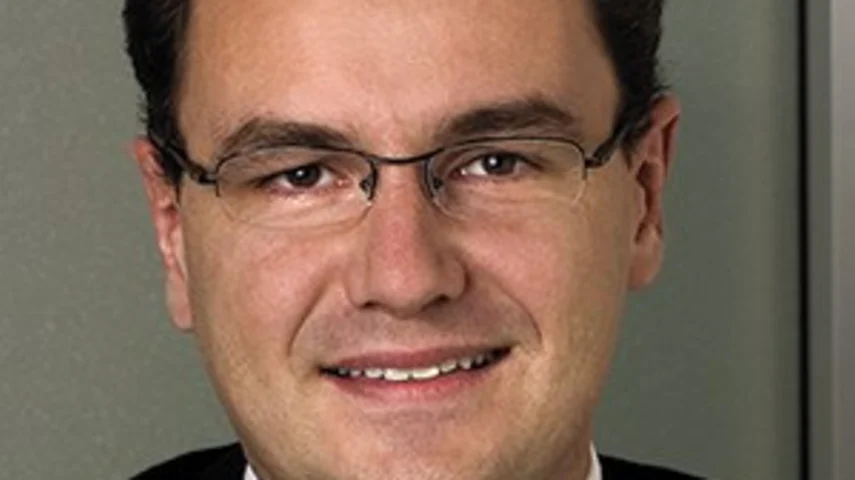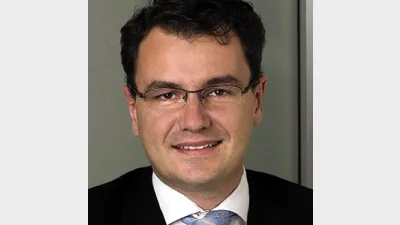Investors can afford to be optimistic heading into 2013



Tom Keenan of iShares Australia examines some themes that may affect market outcomes in the year ahead.
It turns out that the Mayans were wrong after all. The world did not end in 2012. Another year ticked over successfully.
The end of one year and the beginning of another is a time for reflection. We put down our thoughts on some of the big themes likely to be on market participants' minds in 2013.
FOFA in context of industry evolution
After a 12-month deferral, FOFA will formally become part of the Australian financial services landscape from July this year.
There has been a lot of debate about the changes it will bring. With the bridge about to be crossed, focusing on the upside seems timely.
The advent of FOFA is a measure of how far the wealth management industry has progressed over the past two decades.
Financial planning is on the road to becoming a university degree course and there is the possibility of 'financial planner' becoming enshrined in the Corporations Act as a profession. These are exciting times.
FOFA should inspire a laser-like focus on client outcomes driven by better defined risk budgeting and more transparent performance targeting.
At a time when investors remain cautious, the onus will be on active managers to clearly articulate the skills that can deliver alpha.
Exchange-traded fund vendors and other index managers will have to demonstrate how their products can be effectively combined with active strategies.
After years of argument between opposing parties, there is now a widespread recognition that both index and active strategies belong together in portfolios.
When mingled in portfolios, active and indexed-based strategies can potentially achieve more for investors than either in isolation.
Perhaps with the advent of FOFA and the changes it brings, our industry may get beyond the "is it better to be active or passive?" debate and resolve that "combining active WITH passive" is the optimal way to deliver investors the tailored solutions they need and want.
Better year for risk assets and global/US economy?
Pessimism has dominated since the GFC and markets seem to be readying for another year of low expectations.
However, change could be on the way as the BlackRock Investment Institute (BII) explained in its recent paper 'Slow turn ahead: 2013 investment outlook'.
The US economy is actually growing and could gain momentum provided that genuine progress can be made on tackling the country's fiscal problems.
The New Year began with Congress agreeing to a partial deal to avoid (or at least delay) the worst of the "fiscal cliff."
However, its limited scope will likely translate into increased volatility for financial markets. Expect more late-night drama from Washington in the coming months.
More positively, US banks are in reasonable shape, manufacturing is rising and the housing market has turned, boosting consumer confidence and spending. This adds to the BII's belief that there is danger in safety - the flight to cash around the world.
Corporate profits as a percentage of GDP hit a post-WWII record of 11 per cent last year, according to the Federal Reserve Bank of St. Louis.
Entitlements and tax breaks created demand for products and services without burdening companies with increased output costs.
Margins rise and corporate cash piles up (as does government debt). This benefit reverses once fiscal tightening sets in.
Longer term, cheap oil and gas from the shale boom should drive development of energy-intensive industries, build out infrastructure, improve the current account balance and perhaps increase government revenues.
The prospect of US energy self-sufficiency could underpin a bullish dollar stance - and a cautious view toward countries dependent on dollar funding such as Indonesia, Malaysia, Hong Kong and, to some extent, China.
It could prove disruptive to winning trades of the previous era of dollar weakness.
Emerging markets doing their bit again
Emerging economies are in much better (debt) shape than the developed world. This bodes well for economic growth and asset prices. Emerging market equities have underperformed US and European stocks since hitting a trough in early 2009.
This will likely change, especially if an age of "economic separatism" arrives. Economic separatism is the BII's expression for the most likely scenario in 2013 - a time when the US economy leads the developed world; emerging economies and assets outperform; Europe recovers at a snail's pace; and China's economy re-accelerates.
Once asset prices begin to clear, investment returns can be spectacular given their depressed starting values. Think of the aftermath of the 1997-1998 Asia crisis - or US homebuilders more recently.
China: Will the dragon fly or crash-land?
This has been a big question for many investors. Our answer: we believe China's economy will fly - albeit at lower altitudes.
The downdraft in the country's economic growth rate looks to have reached an inflection point. Recent data are pointing to an uptick in exports, credit growth, and rising industrial output and profits.
This is encouraging for China, Asia and the world. China Inc.'s margin squeeze and inventory build-up was acute in early 2012. This now seems to be abating.
China faces big long-term challenges. Don't expect dramatic change from Beijing's new leadership team but do expect them to implement policies that veer away from massive building projects aimed at pumping up growth and financed with local government debt.
Instead infrastructure construction will be increasingly targeted at supporting new industries as well as the millions of rural workers in coming years expected to migrate to cities in search of employment.
Our China outlook rounds out our highly-qualified optimism about the world's economic backdrop.
Call it wishful thinking, but investors need to bear in mind the possibility of somewhat better times ahead after becoming accustomed to pessimism.
Tom Keenan is the director of iShares Australia.
Recommended for you
In this episode of Relative Return Insider, host Keith Ford and AMP chief economist Shane Oliver discuss the latest shock consumer price index numbers, which rose to 3.8 per cent in October, as well as the shifting US market and calls for super funds to invest in infrastructure projects.
In this episode of Relative Return Insider, host Keith Ford and AMP chief economist Shane Oliver discuss the Reserve Bank of Australia’s cautious stance in response to persistent inflation, subdued growth prospects, and political shifts affecting the nation’s journey towards net zero emissions.
In this episode of Relative Return, host Laura Dew speaks with Rachel White, head of financial adviser services at Vanguard about how advisers can help Australians to feel confident in retirement.
In this episode of Relative Return Insider, host Keith Ford and AMP deputy chief economist Diana Mousina take a look at the Reserve Bank’s unanimous decision to leave rates on hold on Melbourne Cup Day and whether future cuts are still on the cards.








